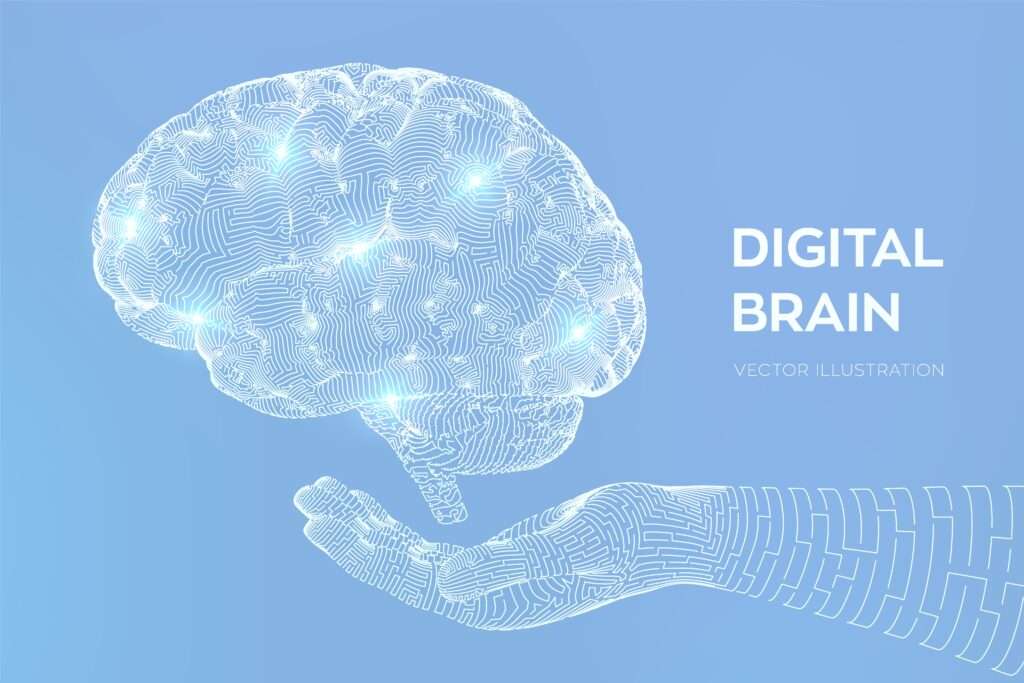The Internet has revolutionized the way we communicate, work, and learn. It has brought people closer than ever before, allowing us to connect with anyone, anywhere in the world, in real-time. However, the Internet has limitations when it comes to the speed and accuracy of communication, and this is where the concept of BrainNet comes in.
Table of Contents
What is BrainNet?
BrainNet is a new technology that allows multiple brains to communicate with each other directly through the Internet.
BrainNet is a term used to describe a network that connects the human brain to the Internet. The idea is to use advanced technology to create a direct link between the human brain and the Internet, allowing people to communicate with each other using thoughts alone. This technology could have a significant impact on various fields, from medicine and education to entertainment and communication.
The system consists of three parts: an electroencephalogram (EEG) headset that measures brain activity, a computer that processes the signals, and a device that stimulates the brain to create a response. The system works by detecting the electrical signals produced by neurons in the brain and transmitting them over the Internet to another person’s brain.
BrainNet works by combining three different technologies: EEG, transcranial magnetic stimulation (TMS), and a virtual reality (VR) headset. The EEG headset is used to measure brain activity and detect the electrical signals produced by neurons. The TMS device is used to stimulate the brain by creating a magnetic field that induces an electrical current in the brain. Finally, the VR headset is used to create a shared virtual environment that the users can interact with.
How Does it Work?
To use BrainNet, three people are connected to the system: two senders and one receiver. The senders wear the EEG headset and are presented with a simple visual stimulus, such as a flashing light or a pattern on a screen. Their brains respond to the stimulus by producing an electrical signal, which is detected by the EEG headset and transmitted over the Internet to the receiver.
The receiver wears the TMS device, which stimulates their brain to create a response based on the signal they receive. This response is then transmitted back to the senders via the VR headset, creating a closed loop of communication between the three users.
Concept of BrainNet is Still in Infancy

The concept of BrainNet is still in its early stages, but research in this field is progressing rapidly. Several experiments have been conducted to demonstrate the feasibility of this technology. In 2018, researchers at the University of Washington demonstrated that it was possible to use BrainNet to transmit signals from one person’s brain to another person’s brain over the Internet.
The experiment involved three participants who were placed in different rooms. Two of the participants were hooked up to an electroencephalography (EEG) machine, which measures brain activity. The third participant was connected to a transcranial magnetic stimulation (TMS) machine, which can stimulate the brain by generating magnetic fields.
The two participants who were connected to the EEG machine were shown a simple video game, in which they had to move a paddle on a computer screen using their thoughts. When one of the participants thought about moving the paddle, the EEG machine recorded the activity in their brain and transmitted the signal over the Internet to the TMS machine. The TMS machine then stimulated the third participant’s brain, causing them to see a flashing light in their peripheral vision.
The experiment demonstrated that it was possible to use BrainNet to transmit information from one person’s brain to another person’s brain over the Internet. While the technology is still in its early stages, it has the potential to revolutionize the way we communicate.
Applications of BrainNet
One potential application of BrainNet is in the field of medicine. For example, patients who are unable to communicate due to paralysis or other medical conditions could use BrainNet to communicate with their doctors or caregivers. By using their thoughts alone, they could convey information about their condition, such as their level of pain or discomfort. This could improve the quality of care and increase patient satisfaction.
Another potential application of BrainNet is in education. Imagine being able to learn a new language or subject simply by connecting your brain to the Internet. With BrainNet, it may be possible to download information directly into the brain, bypassing the need for traditional learning methods. This could be particularly beneficial for people with learning disabilities or those who struggle with traditional teaching methods.
The entertainment industry could also benefit from BrainNet. Imagine being able to experience a movie or video game in a completely immersive way, with the images and sounds transmitted directly to your brain. This could create a whole new level of entertainment and gaming experience.
Limitations of BrainNet
However, the development of BrainNet also raises some ethical and societal concerns. For example, if people can communicate with each other using their thoughts alone, what happens to our privacy? Will our thoughts be monitored or hacked? Will people be able to control our thoughts or influence our behavior?
Another concern is that BrainNet could exacerbate existing inequalities. If only a small group of people have access to this technology, it could create a new form of inequality between those who can communicate using their thoughts and those who cannot.
Moreover, the development of BrainNet may also raise concerns about the future of work. If information can be downloaded directly into the brain, what happens to traditional jobs that require years of training and education? Will the development of BrainNet lead to a new era?
All these questions can only be answered with time as technology progresses in this field. Until then keep reading and exploring more. Happy Reading.
Also read:


